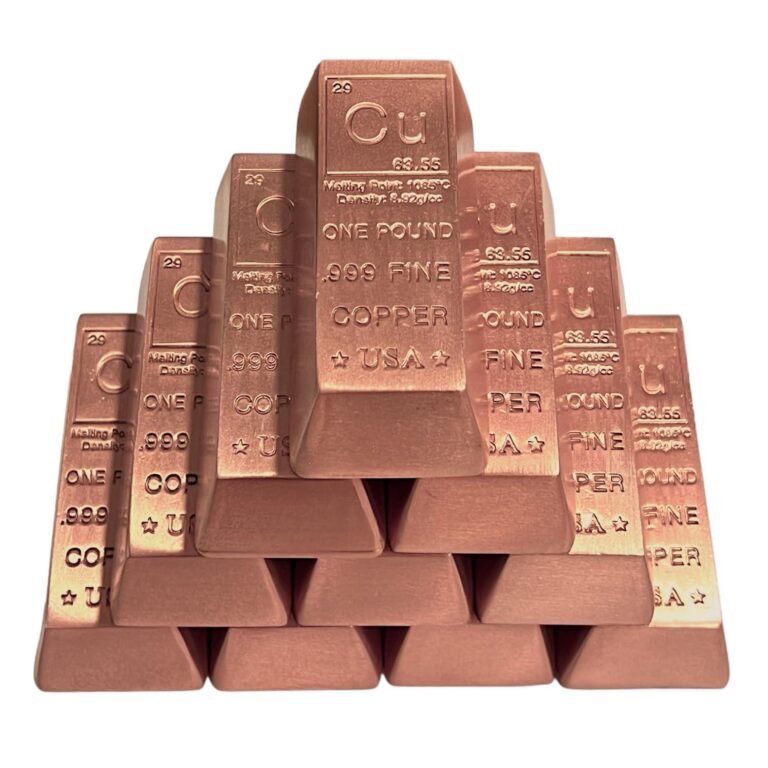The United Kingdom’s market for copper bars, wire, and plates is set to experience steady growth, with forecasts indicating a compound annual growth rate (CAGR) of 1.2%, according to the latest analysis by IndexBox. This upward trend reflects ongoing demand across key industries such as construction, automotive, and electronics, highlighting copper’s enduring role as a critical industrial metal. As market dynamics continue to evolve, stakeholders closely watch these projections to navigate opportunities and challenges in the UK’s copper products sector.
United Kingdom’s Copper Bars Wire and Plates Market Shows Steady Growth Driven by Construction and Electrical Sectors
The UK’s copper bars, wire, and plates market is exhibiting consistent expansion, propelled largely by robust demand from the construction and electrical industries. Urban development projects and infrastructure upgrades have significantly increased the use of copper components, which are essential due to their high conductivity and durability. This steady consumption is supported by government incentives aimed at promoting sustainable building practices, further encouraging the integration of copper materials in new developments. Additionally, the rise of renewable energy projects has fueled the need for high-quality copper wiring to optimize electrical efficiency and durability.
Key market drivers include:
- Surge in residential and commercial construction activities
- Growth in electrical equipment manufacturing and upgrades
- Focus on green energy solutions requiring copper-based components
- Increased government investments in infrastructure modernization
| Segment | Estimated Growth Rate (2023-2028) |
|---|---|
| Copper Bars | 1.0% CAGR |
| Copper Wire | 1.5% CAGR |
| Copper Plates | 1.1% CAGR |
Detailed Analysis Reveals Key Factors Influencing Market Expansion and Supply Chain Dynamics
The recent study highlights several pivotal elements shaping the trajectory of the UK’s copper bars, wire, and plates market. Among these, fluctuating raw material costs driven by global copper price volatility stand out, impacting both manufacturing expenditures and final product pricing. Additionally, strengthening demand from the construction and automotive sectors has catalyzed broader market penetration, underpinned by the increasing adoption of electric vehicles and green infrastructure projects. Supply chain resilience is further being tested by logistical challenges, including port congestions and evolving trade policies post-Brexit, which collectively influence inventory management and distribution strategies across the industry.
Critical to understanding the market shift is an evaluation of supply chain components that directly affect lead times and operational costs. Key factors include:
- Supplier diversity: Companies diversifying sources to mitigate risks linked to single-region dependency.
- Transportation modes: A noticeable pivot towards multimodal transport to alleviate delays and optimize costs.
- Technological integration: Increased investment in real-time tracking systems for enhanced supply chain transparency.
| Factor | Impact on Market | Forecasted Influence (2024-2029) |
|---|---|---|
| Raw Material Prices | Cost volatility leading to price adjustments | High |
| Demand from EV Sector | Accelerates growth in copper wire consumption | Medium-High |
| Trade Regulations | Altered logistics routes and compliance costs | Medium |
| Tech Adoption in Supply Chain | Improved efficiency and reduced lead times | Medium |
Strategic Recommendations for Stakeholders to Capitalize on Emerging Opportunities in the UK Copper Market
To effectively leverage the growth trajectory of the UK copper bars, wire, and plates market, stakeholders must prioritize investment in advanced manufacturing technologies that enhance product quality and reduce production costs. Embracing automation and digitalization will enable manufacturers to meet increasing demand efficiently while maintaining competitive pricing. Moreover, strengthening supply chain resilience through diversified sourcing and partnerships can mitigate disruptions, especially given the geopolitical uncertainties influencing metal markets globally. Emphasizing sustainability practices, such as recycling initiatives and eco-friendly production methods, can also significantly improve brand reputation and meet evolving regulatory requirements.
Market players should focus on expanding their footprint in emerging application sectors, such as renewable energy infrastructure and electric vehicles, where copper demand is surging due to its superior conductivity. Strategic collaborations with construction and electronics industries present valuable channels for growth. Key actions include:
- Targeted R&D investments to develop specialized copper alloys tailored for high-performance applications.
- Enhanced market intelligence systems to respond agilely to pricing fluctuations and demand shifts.
- Optimizing logistics networks to shorten delivery times and reduce overhead costs.
| Recommendation | Expected Outcome |
|---|---|
| Automation Integration | Increased production efficiency |
| Supply Chain Diversification | Reduced risk of supply disruptions |
| Sustainability Initiatives | Stronger regulatory compliance & brand trust |
| Expansion into EV Sector | Access new high-growth markets |
To Conclude
In summary, the United Kingdom’s copper bars, wire, and plates market is poised for steady growth, with a projected compound annual growth rate of 1.2% according to the latest IndexBox report. This moderate expansion reflects ongoing demand across key sectors such as construction, electrical engineering, and manufacturing. As industry stakeholders navigate evolving economic conditions and supply chain dynamics, the market’s resilience highlights copper products’ continued importance in the UK’s industrial landscape. Further developments will be closely watched as the sector adapts to emerging trends and sustainability considerations moving forward.




